Home>Gardening & Outdoor>Landscaping Ideas>When To Water Grass In Florida
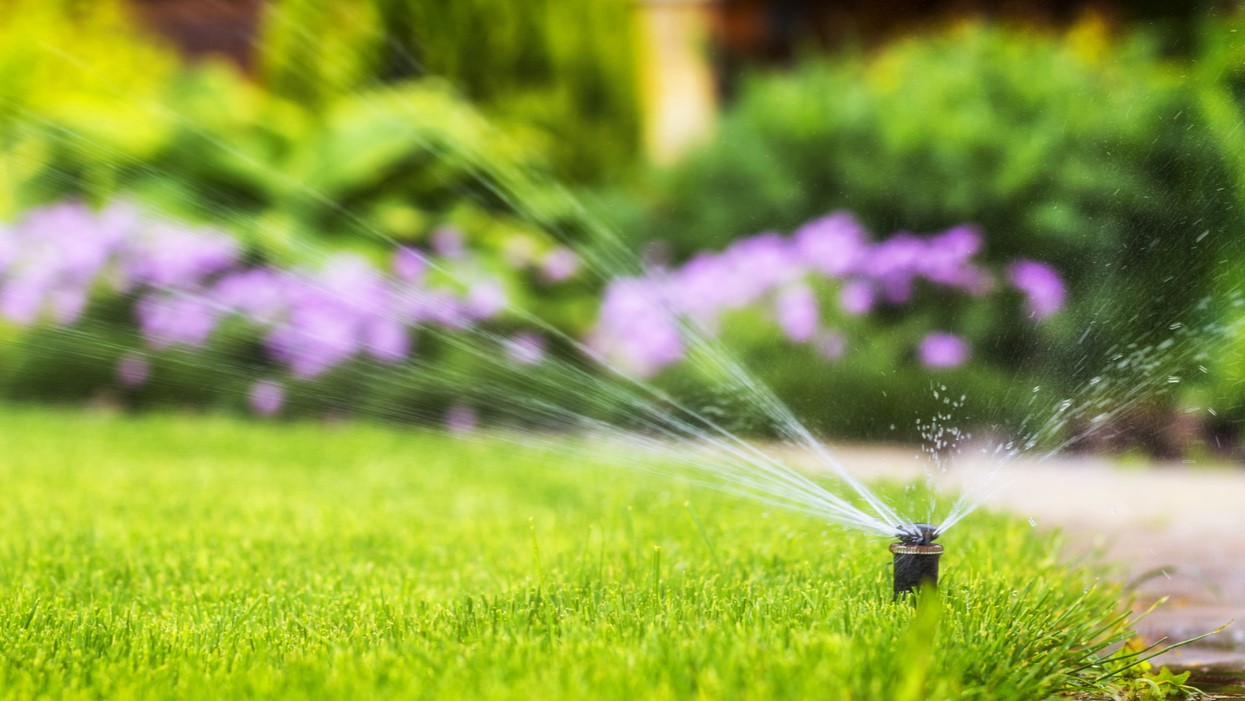

Landscaping Ideas
When To Water Grass In Florida
Modified: February 18, 2024
Learn the best watering schedule for your Florida grass to maintain a lush, healthy lawn. Get expert landscaping ideas and tips for proper lawn care.
(Many of the links in this article redirect to a specific reviewed product. Your purchase of these products through affiliate links helps to generate commission for Storables.com, at no extra cost. Learn more)
Introduction
In the vibrant state of Florida, lush green lawns are a quintessential feature of the landscape. The warm climate and ample sunshine create an ideal environment for a variety of grass species to thrive. However, maintaining a healthy and vibrant lawn in Florida comes with its own set of challenges, particularly when it comes to watering. Understanding the unique needs of Florida's grass and the best practices for watering is essential for ensuring a verdant and resilient lawn.
Watering your grass may seem straightforward, but in the Florida climate, it's a task that requires careful consideration. From the sandy soils of the coastal regions to the clay soils prevalent in the central and northern areas, Florida's diverse geography adds complexity to the equation. Moreover, the state's weather patterns, including frequent rain showers and intense heat, further impact the watering requirements of grass.
In this comprehensive guide, we will delve into the intricacies of watering grass in Florida. From understanding the state's climate to identifying the signs of dehydration in grass, we will explore the best times to water and the most effective techniques for different grass types. By the end of this article, you will be equipped with the knowledge to nurture a thriving lawn that can withstand the demands of Florida's climate. So, let's embark on this journey to discover the art and science of watering grass in the Sunshine State.
Key Takeaways:
- In Florida, watering your grass at the right times and using specific techniques for different grass types can help your lawn stay healthy and vibrant, even in the state’s dynamic climate.
- Recognizing signs of dehydration in your grass, like wilting and discoloration, and adjusting your watering schedule accordingly is crucial for maintaining a thriving lawn in Florida.
Read more: How Often To Water Grass In Florida Winter
Understanding Florida’s Climate
Florida’s climate is characterized by its warmth, humidity, and distinct wet and dry seasons. The state experiences a predominantly subtropical climate, with variations across different regions. Understanding these climatic nuances is crucial for determining the optimal watering regimen for your grass.
One of the defining features of Florida’s climate is its high average annual precipitation. The state receives abundant rainfall, especially during the wet season, which typically spans from May to October. During this period, frequent afternoon thunderstorms are a common occurrence, contributing to the overall moisture levels in the soil.
Conversely, the dry season, which extends from November to April, brings drier and cooler conditions. The reduced rainfall and increased evaporation rates during this time can significantly impact the water content of the soil, posing challenges for maintaining healthy grass.
Furthermore, Florida’s diverse topography influences local climate variations. Coastal areas often experience milder temperatures and higher humidity levels, while inland regions may encounter more pronounced temperature fluctuations and lower humidity. These variations play a role in shaping the water requirements of grass in different parts of the state.
Another crucial factor to consider is the soil composition prevalent in various regions of Florida. The state’s soils range from sandy to more compact clay soils, each with distinct water retention characteristics. Sandy soils drain quickly and may necessitate more frequent watering, while clay soils have higher water retention but can become waterlogged if over-irrigated.
By taking into account these climatic and environmental factors, you can tailor your grass watering approach to suit the specific conditions of your location in Florida. Understanding the intricacies of the state’s climate lays the foundation for implementing effective watering practices that promote the health and vitality of your lawn.
Factors Affecting Grass Watering Needs
Several key factors influence the watering needs of grass in Florida, encompassing environmental, soil-related, and grass-specific considerations. Understanding these factors is essential for devising a targeted and efficient watering strategy that supports the optimal growth and health of your lawn.
- Soil Type: The composition of the soil in your area plays a pivotal role in determining how water interacts with the grass roots. Sandy soils drain water rapidly, necessitating more frequent watering to maintain adequate moisture levels. In contrast, clay soils retain water for longer periods, requiring less frequent irrigation but posing the risk of waterlogging if overwatered.
- Grass Species: Different grass species exhibit varying water requirements. For instance, St. Augustine grass, a popular choice in Florida, is relatively resilient to drought and can endure short periods of water scarcity. Conversely, Bermuda grass may demand more frequent watering to thrive in the Florida climate.
- Weather Conditions: Florida’s weather patterns, including the frequency of rainfall, temperature fluctuations, and humidity levels, directly impact the watering needs of grass. During the hot and dry periods, supplemental watering becomes crucial to sustain healthy grass growth, whereas abundant rainfall may reduce the need for additional irrigation.
- Evapotranspiration Rates: The rate at which water evaporates from the soil and transpires from the grass blades, known as evapotranspiration, influences the replenishment requirements for maintaining optimal soil moisture. Higher temperatures and increased wind speed elevate evapotranspiration rates, necessitating more frequent watering to compensate for the water loss.
- Establishment Phase: Newly seeded or sodded lawns require careful attention to watering, especially during the initial establishment phase. Adequate moisture is essential to promote root development and ensure the successful acclimatization of the grass to its environment.
By considering these factors in tandem, you can tailor your watering schedule and techniques to align with the specific needs of your grass and the prevailing environmental conditions. This targeted approach not only conserves water but also fosters resilient and thriving grass that can withstand the demands of Florida’s climate.
Signs of Dehydration in Grass
Recognizing the signs of dehydration in grass is pivotal for timely intervention and the preservation of a healthy lawn. In Florida’s climate, where periods of intense heat and limited rainfall are commonplace, it’s essential to be vigilant for indicators of water stress in your grass. By promptly addressing dehydration, you can mitigate potential damage and promote the vitality of your lawn.
Here are some key signs that your grass may be experiencing dehydration:
- Wilting: When grass lacks adequate moisture, it may exhibit visible wilting, where the blades appear limp, droopy, or folded. This is a clear indication that the grass is under stress and requires hydration.
- Discoloration: Dehydrated grass often undergoes a change in color, taking on a dull, bluish-gray hue. This discoloration is a result of the grass’s natural defense mechanism to conserve water, signaling the need for immediate watering.
- Footprinting: If the grass does not spring back after being walked on or compressed, it suggests insufficient moisture levels. This lingering footprint indicates that the grass lacks the turgidity necessary for resilience.
- Thinning and Slow Growth: Dehydrated grass may exhibit slowed growth and thinning, as it redirects its resources to essential functions in response to water scarcity. This can lead to patchy areas and a general decline in the lushness of the lawn.
- Increased Pest Activity: Stressed and dehydrated grass is more susceptible to pest infestations, as weakened plants are less capable of defending against invasive pests. Heightened pest activity may signal an underlying issue of dehydration.
It’s important to note that these signs may vary depending on the grass species and environmental conditions. Regularly inspecting your lawn for these indicators allows you to proactively address dehydration and implement appropriate watering measures.
By staying attuned to these signs and responding promptly with targeted watering, you can safeguard your grass from the detrimental effects of dehydration, fostering a resilient and vibrant lawn that thrives in Florida’s dynamic climate.
Water your grass in the early morning to reduce evaporation and allow the grass to dry before nightfall, which can help prevent disease. Avoid watering in the evening to prevent fungal growth.
Best Times to Water Grass in Florida
Identifying the optimal times to water your grass is crucial for maximizing water absorption and minimizing evaporation, ensuring that your lawn receives the full benefit of irrigation. In the diverse climate of Florida, strategic timing plays a pivotal role in effective grass watering, contributing to the overall health and resilience of your lawn.
Here are the best times to water your grass in Florida:
- Morning: Early morning, preferably before 10 a.m., is widely regarded as the optimal time for watering grass in Florida. During this period, the temperatures are relatively mild, and the sun’s intensity is subdued, reducing the risk of rapid evaporation. Additionally, morning watering allows the grass foliage to dry before nightfall, minimizing the likelihood of fungal diseases.
- Evening: If morning watering is not feasible, the early evening, after 4 p.m. and before sunset, presents another suitable window for irrigating your grass. The diminishing heat of the day and reduced wind speed facilitate efficient water absorption, aiding the grass in replenishing its moisture reserves before night sets in.
- Midday: It is generally advisable to avoid watering grass during the peak of the day, particularly between 10 a.m. and 4 p.m. The intense midday heat can lead to rapid evaporation, diminishing the efficacy of watering and potentially stressing the grass due to excessive moisture loss.
Adhering to these optimal watering times optimizes water utilization, promotes deep root development, and minimizes the risk of fungal issues and water wastage. By aligning your watering schedule with these recommended times, you can enhance the overall health and vitality of your grass, enabling it to thrive in the dynamic climatic conditions of Florida.
Read more: How To Seed Grass In Florida
Watering Techniques for Different Types of Grass
Adapting your watering techniques to suit the specific requirements of different grass species is essential for nurturing healthy and resilient lawns in Florida. Tailoring your approach based on the characteristics of the grass promotes efficient water usage and optimal growth, ensuring that your lawn flourishes in the state’s diverse climate.
Here are recommended watering techniques for common grass types in Florida:
- St. Augustine Grass: This popular warm-season grass thrives in Florida’s climate and exhibits a moderate tolerance to drought. When watering St. Augustine grass, aim for deep and infrequent irrigation. Apply approximately ¾ to 1 inch of water per session, allowing the soil to dry slightly between watering to encourage deep root growth.
- Bermuda Grass: Known for its resilience and ability to withstand heat, Bermuda grass benefits from regular but infrequent watering. Provide around 1 to 1 ½ inches of water per week, ensuring that the soil is adequately moistened to a depth of 6 to 8 inches. Deep watering promotes robust root systems and drought resistance.
- Bahia Grass: Bahia grass, commonly found in Florida, exhibits good drought tolerance and thrives in well-drained soils. When watering Bahia grass, aim for deep and less frequent irrigation, delivering approximately 1 inch of water every 7 to 10 days. This approach encourages the development of deep roots, enhancing the grass’s ability to withstand dry spells.
- Zoysia Grass: Zoysia grass, prized for its lush appearance and durability, benefits from deep and infrequent watering. Provide approximately 1 inch of water every 5 to 7 days, allowing the soil to dry between watering sessions. Deep watering supports robust root growth and enhances the grass’s resilience to drought conditions.
Regardless of the grass type, it’s important to monitor the soil moisture levels and adjust your watering frequency based on the specific environmental conditions and the grass’s response. Implementing these tailored watering techniques ensures that your grass receives the appropriate hydration, fostering strong and healthy lawns that thrive in Florida’s varied climate.
Conclusion
Nurturing a vibrant and resilient lawn in Florida hinges on a nuanced understanding of the state’s climate and the tailored application of effective watering practices. By acknowledging the diverse environmental factors, such as soil composition, weather patterns, and grass species, you can refine your approach to watering, fostering healthy and thriving grass that withstands the demands of the Sunshine State.
Recognizing the signs of dehydration in grass and adopting strategic watering times are pivotal steps in preserving the health and vitality of your lawn. From the early morning to the early evening, choosing the right time to water your grass optimizes water absorption and minimizes moisture loss, contributing to the overall well-being of your lawn.
Furthermore, tailoring your watering techniques to suit the specific needs of different grass types, such as St. Augustine, Bermuda, Bahia, and Zoysia grass, empowers you to optimize water usage and promote robust root development. By implementing deep and infrequent irrigation for these grass varieties, you can foster resilient lawns that thrive in the dynamic climatic conditions of Florida.
As you embark on the journey of watering your grass in Florida, remember that attentive observation and adaptability are key. Regularly assessing the moisture levels of the soil, monitoring the grass’s response, and adjusting your watering regimen based on the prevailing conditions are integral to fostering a healthy and vibrant lawn.
Armed with the knowledge of Florida’s climate and the best practices for watering grass, you are equipped to cultivate a verdant and resilient lawn that flourishes amid the subtropical nuances of the state. By embracing the art and science of watering, you can elevate the health and beauty of your grass, transforming your outdoor space into a lush oasis that thrives year-round.
Frequently Asked Questions about When To Water Grass In Florida
Was this page helpful?
At Storables.com, we guarantee accurate and reliable information. Our content, validated by Expert Board Contributors, is crafted following stringent Editorial Policies. We're committed to providing you with well-researched, expert-backed insights for all your informational needs.
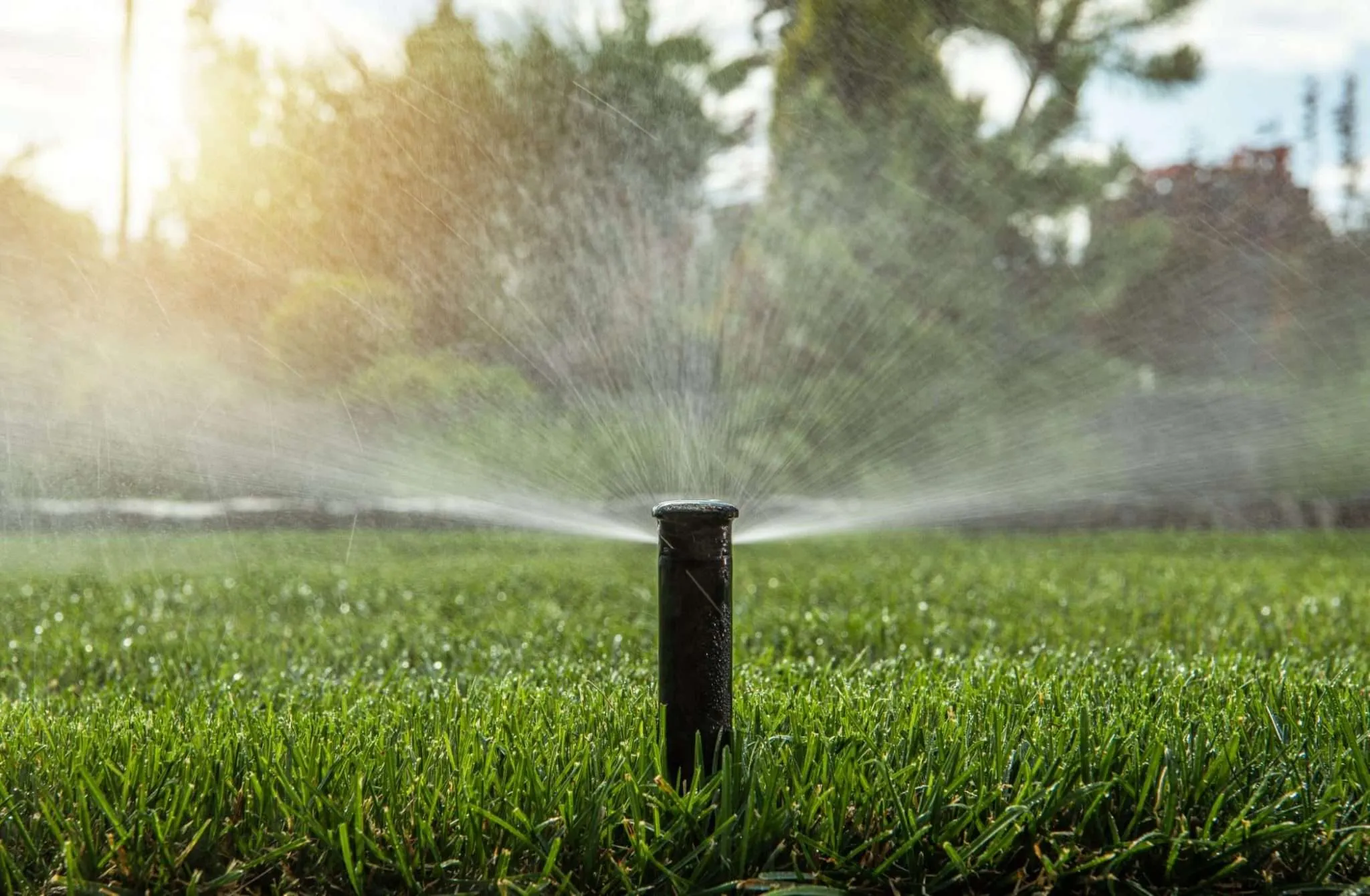

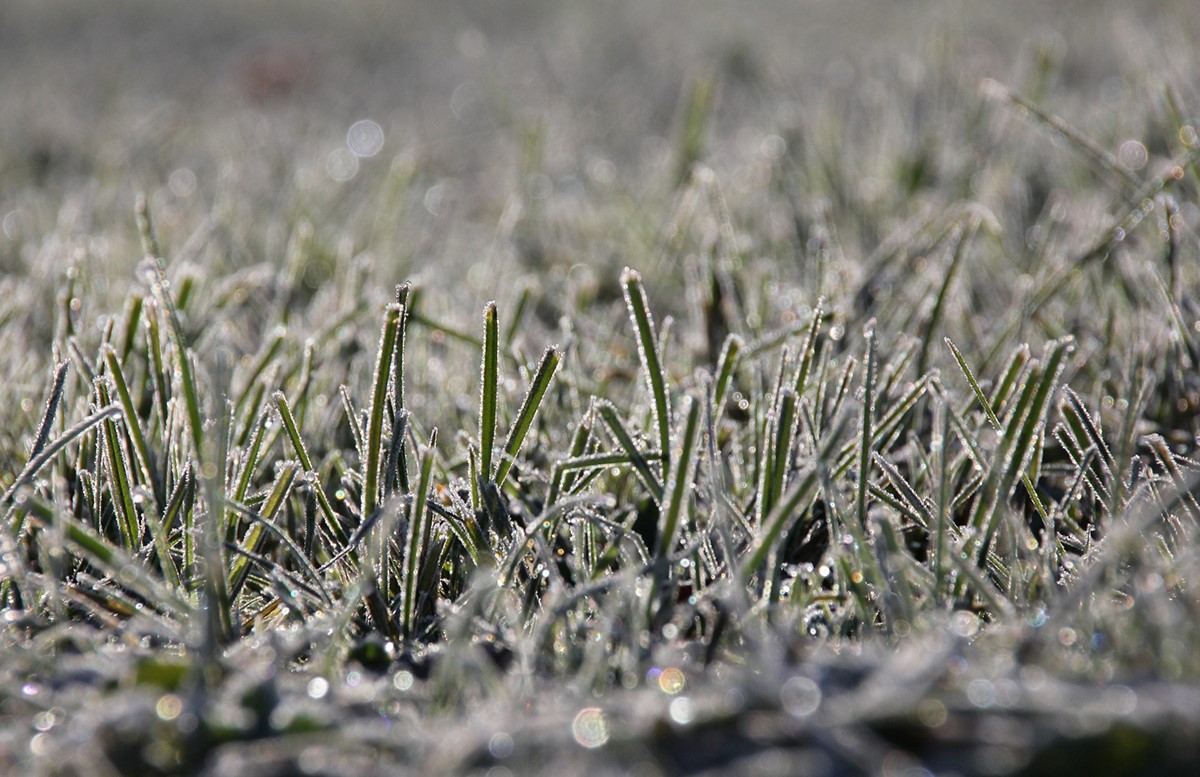

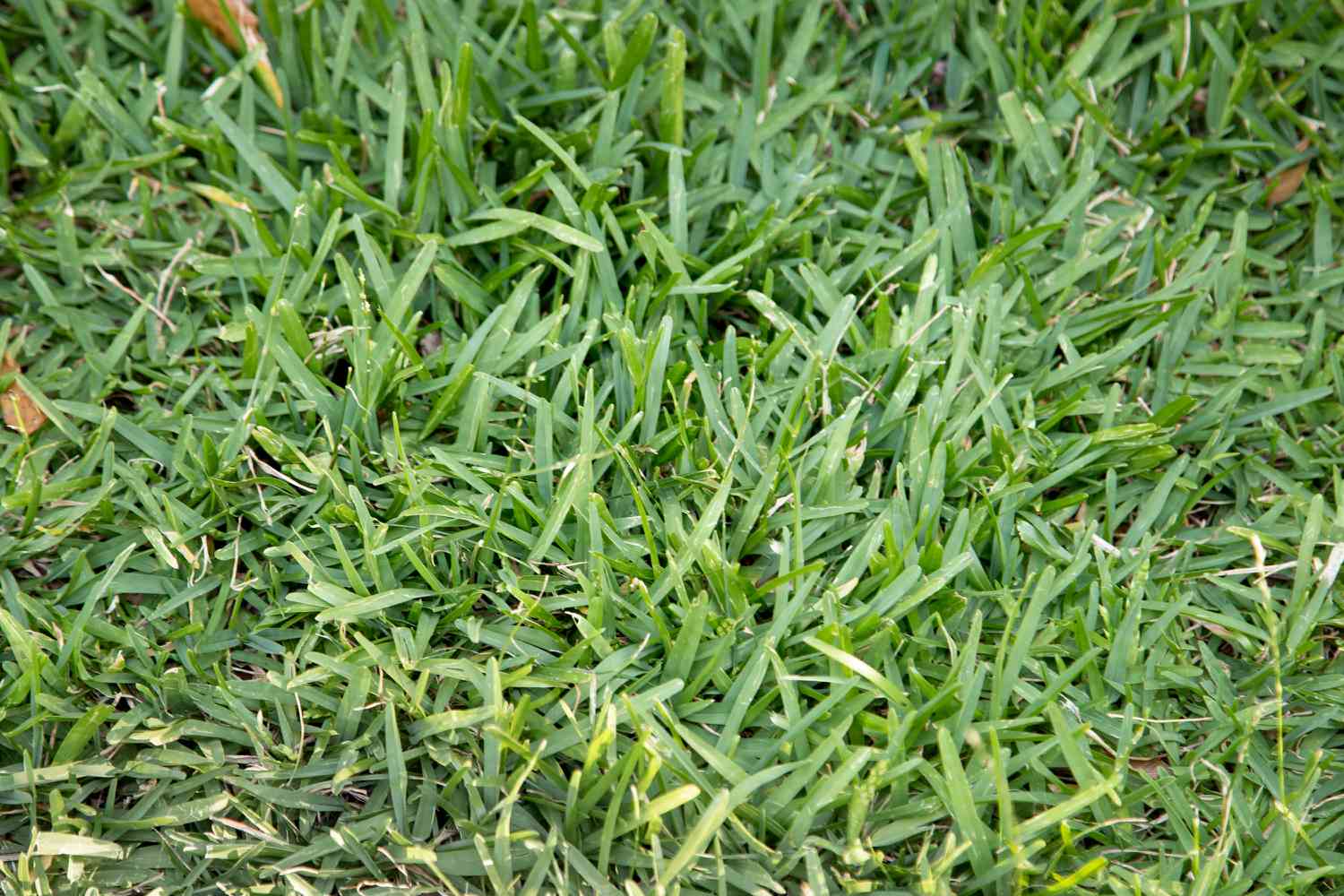
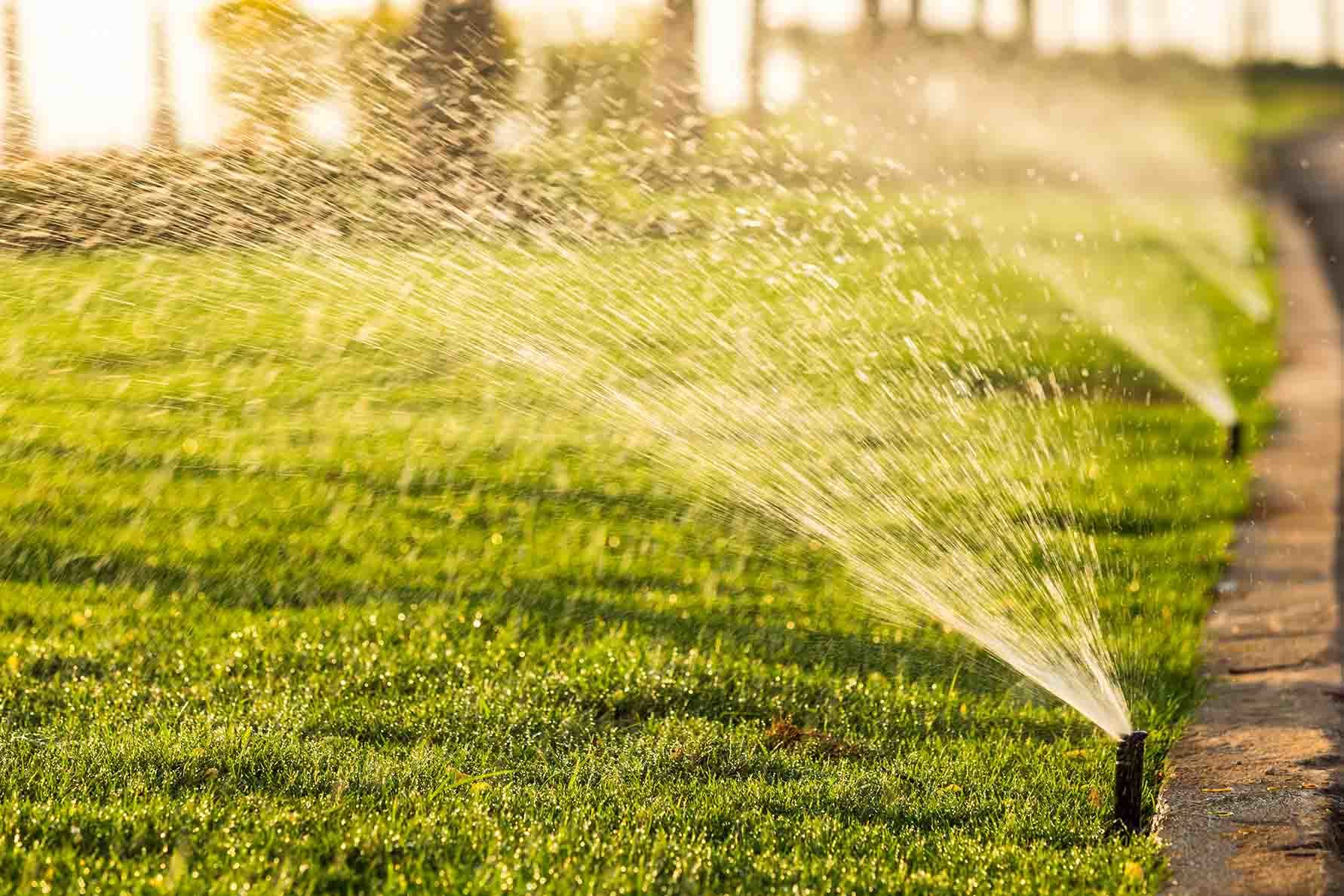
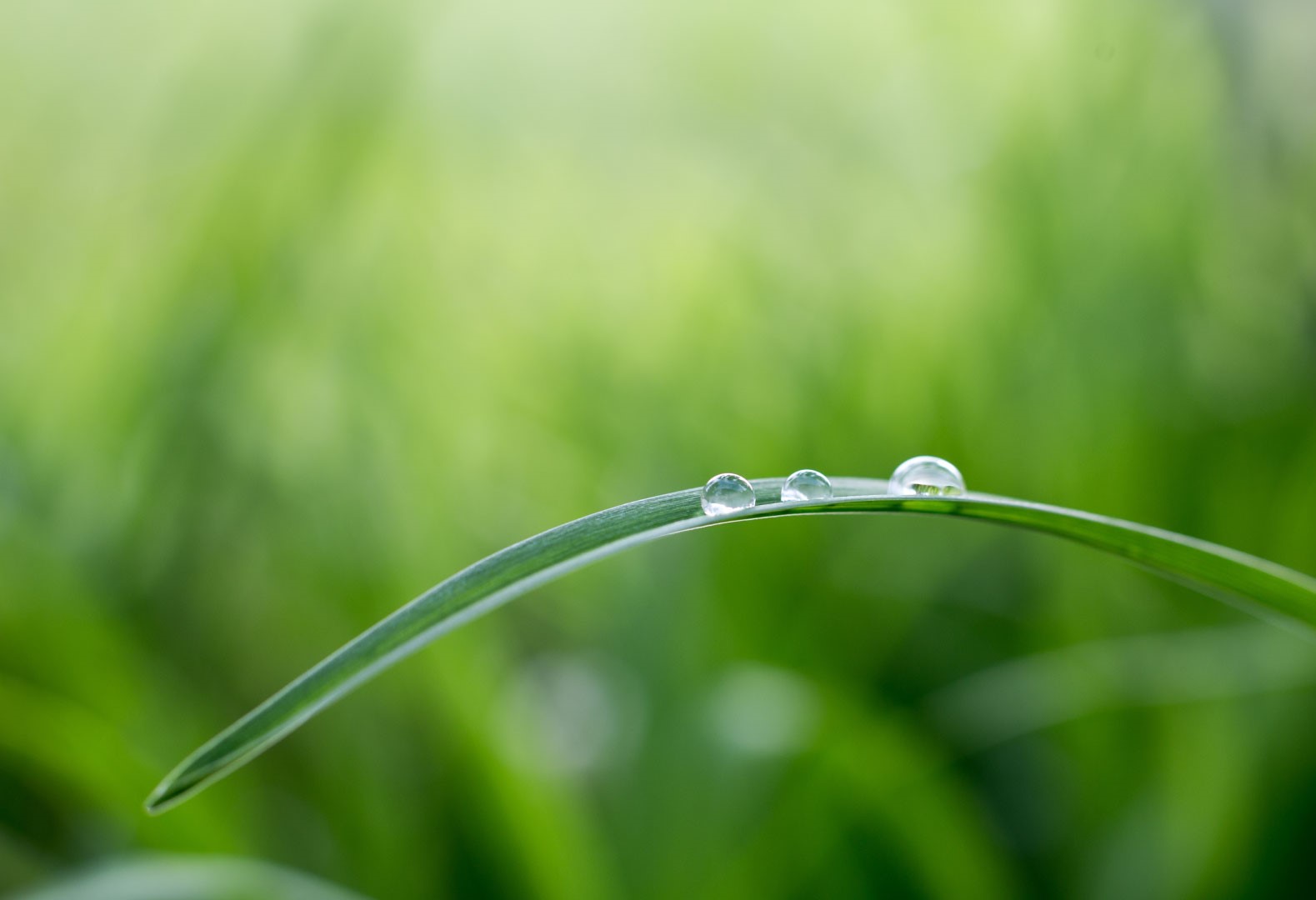



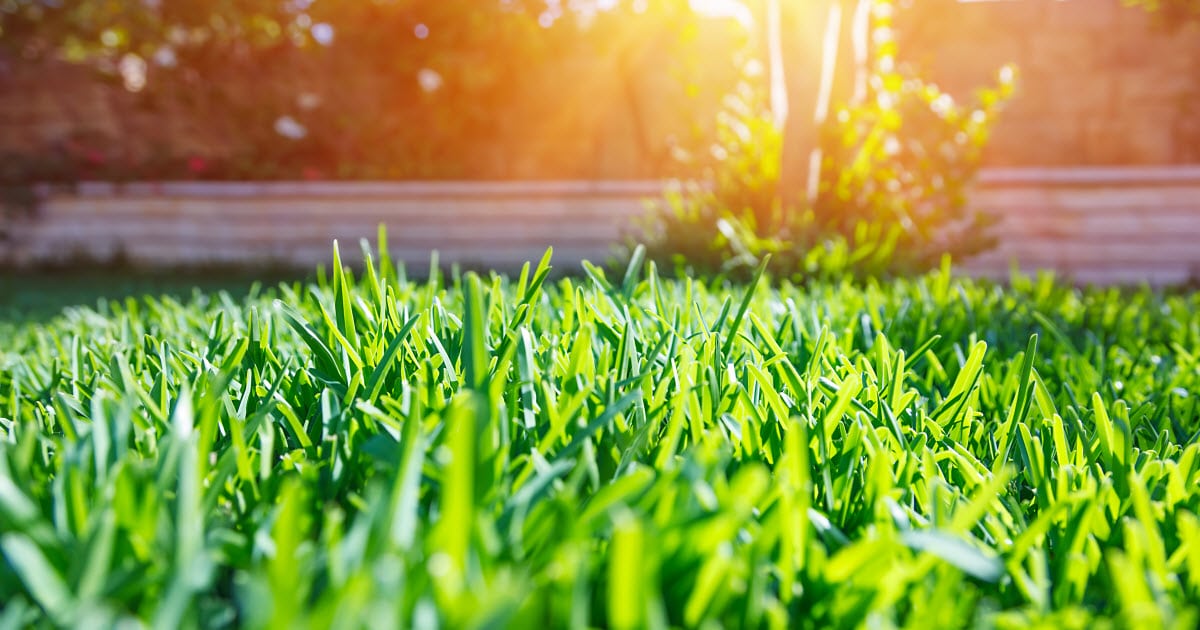

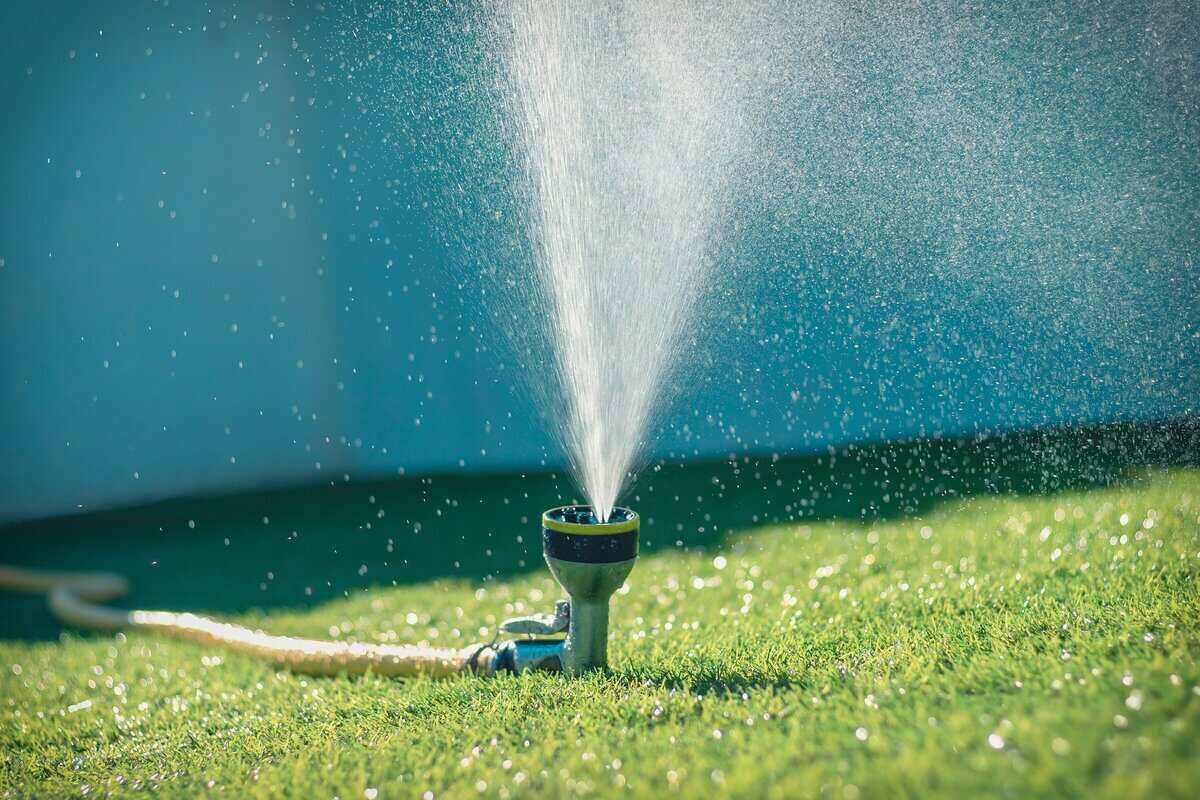
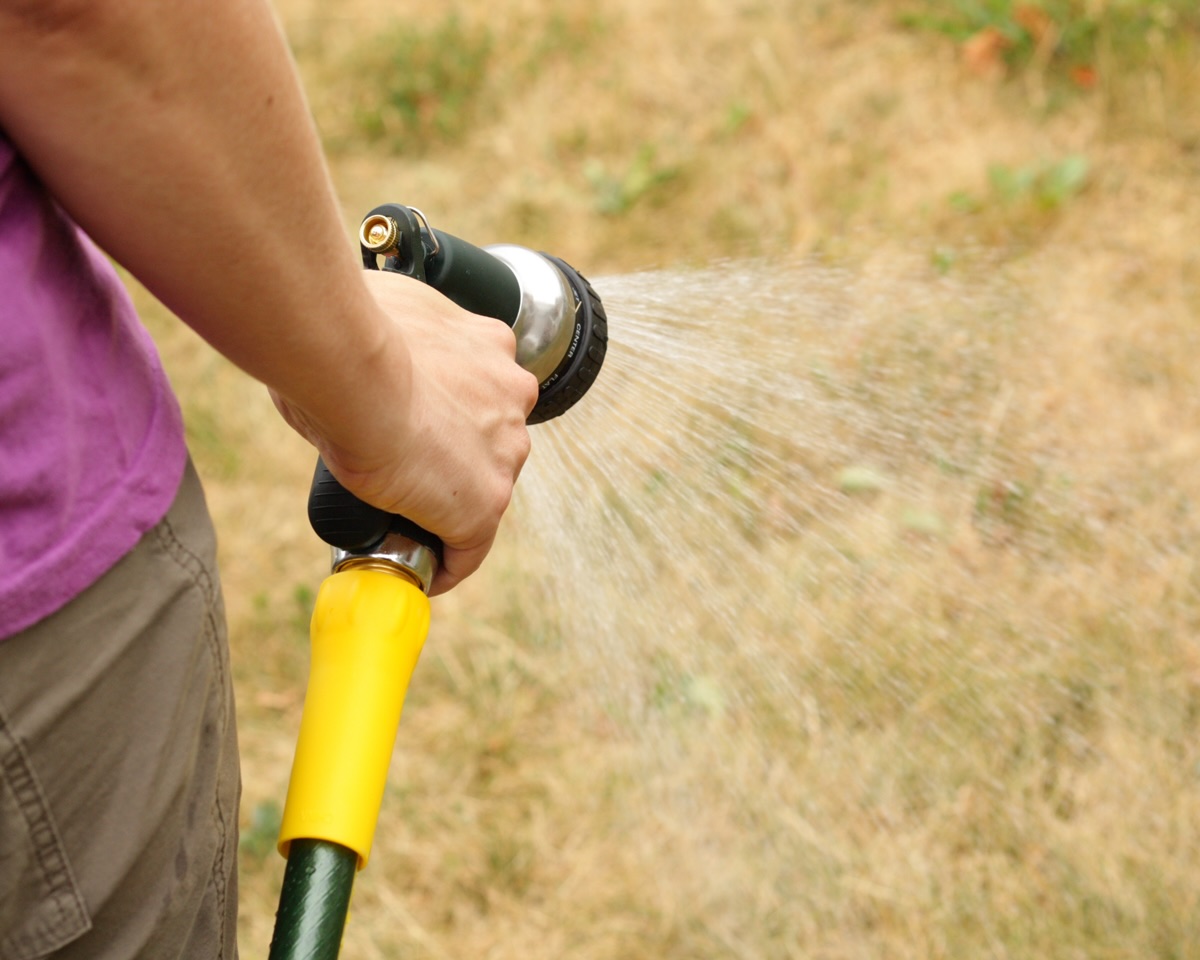

0 thoughts on “When To Water Grass In Florida”